High Precision Worm Gearbox-JDLB Series High Precision Worm Gear Unit
JDLB series high precision worm gear is an ideal substitute for a precision planetary gearbox, The equipment manufacturer can substantially reduce the cost of using a precision planetary gearbox.
JDLB Series Worm Gear Unit
JDLB series high precision worm gear unit is an ideal substitute for a precision planetary gearbox, The equipment manufacturer can substantially reduce the cost of using a precision planetary gearbox.
What Is a Precision Worm Gearbox?
A precision worm gearbox, also called a precision worm gear unit, is a common type of planetary gear. Its diametrical pitch should be the same for both worm and gear. The sum of the teeth of the two gears should be greater than 40. When the worm is all addendum, it has a smaller physical size than the gear. This allows the worm gear to move axially, and the worm is easier to adjust for backlash.
A precision worm gearbox uses three types of worms: one for the driver and one for the driven shaft. When the worm is in motion, a large amount of thrust force acts on it. If the worm is not securely mounted, it may shift. A set screw, dowel pin, or step shaft is a good option to secure the worms. Worms should be mounted with the worm axis perpendicular to the worm wheel axis. The mounting distance must be H7H8 and the center of the worm wheel must pass through the midpoint of the worm’s length.
A precision worm gearhead is an important component of any machine. It can be used to reduce backlash or prevent backlash from disrupting the oil film in a rotating component. Worms may have air bubbles on them, which can cause a backlash. Backlash can be eliminated by adjusting the center distance between the worm gear and the worm. However, backlash should not be reduced by pushing the worm into the worm wheel or by shifting the worm along with the tooth.
High Precision Worm Gearbox Features
- Hollow output with shrink disc, high precision, for easy integration.
- Output with keyway, convenient installation, easy integration.
- Solid shaft output (single, double), high stiffness, traditional solution.
- The designer’s ideal solution is to rotate 90 degrees to install the servo motor drive systems.
- Worm shaft in series can be driven by one motor to achieve the synchronous output of multiple worm wheels. It can be applied to parts processing equipment in the electronics industry, communication industry and etc.
JDLB Series High Precision Worm Gearbox Versions
JDLB Series High Precision Worm Gear Unit Mesh Data
Worm thread, worm wheel tooth and efficiency data (n1=1400)
Advantages of High Precision JDLB Series Worm Gear Unit
A precision worm gearbox is a type of gearbox that has multiple advantages. These are often used in machines for high-speed applications and are produced in cast iron, aluminum, or stainless steel. They can be customized with special output shafts and flanges and can be fitted with AC, DC, or servo motors. In some cases, they may be mounted on a special pedestal or flange to increase precision.
Steel worm gear with a bronze or brass worm wheel
The worm and its accompanying gear are connected through an electric motor. The worm rotates and pushes the pinion against the wheel, while the screw face presses against the teeth of the wheel. There are several advantages to worm gears over standard gears. Among the following are:
First, the yellow metal in the worm wheel is commonly referred to as bronze. It may actually be brass. In the past, gear bronze (SAE 65) was used for worm wheels. While newer materials have been applied, SAE 65 or UNS C90700 remains the material of choice for worm wheels.
Self-locking
A Self-locking precision worm gearbox is a unique and highly effective mechanical device that eliminates the need for backdriving or inertial driving. This type of gearbox is useful for lifting equipment and can be used in many industrial applications. Its self-locking feature also prevents the output shaft from being interchanged with the input shaft. Although this self-locking feature is useful, it can also be problematic for systems that need reverse sensitivity. Its critical limit is Fu1>0, and if this value is exceeded, the gearbox will not perform as intended.
Another feature of the Self-locking precision worm gearbox is its ability to reduce the input shaft’s friction. This design allows the machine to function quietly even in areas with limited space. It also features dual input shafts and an optional manual driveshaft in case of power outages. In addition, the design of these gears maximizes the contact area between the worm wheel and the input shaft. This feature is particularly useful in applications that require large reduction ratios and a low friction coefficient.
Dual-lead worm gear
The Dual-lead Precision Worm Gearbox is a highly versatile and efficient gearbox for positional applications. It is designed to meet the precise requirements of both users and manufacturers of precision machinery. The dual-lead worm gear set has infinitely adjustable backlash and is kinematically correct. This type of gearbox can be easily readjusted without affecting meshing.
A worm gear normally has two shafts that are at right angles. The worm wheel’s enveloping surface is the pinion. The central cross-section is the boundary between the advancing and receding side. In a Dual-lead Precision Worm Gearbox, both shafts are arranged at right angles to each other. Its axial pitch is a small distance smaller than its circular pitch, ensuring tight engagement between the two gears.
Adjustable backlash
There are three ways to adjust the backlash on a precision worm gearbox. They involve gear effective tooth thickness, mesh center distance. Both gears can be mounted with one rotated while the other remains fixed. A gear can also have its effective tooth thickness adjusted by rotating it relative to a fixed gear. Once the backlash is set, the center centers can be locked in place. Then, the worm gears are ready to be used.
When adjusting the backlash, the worm is pressed axially until the smallest backlash value reaches zero. Then, the compression is released and local deflections of the coil equalize the forces in the meshing zone. This method is particularly effective in positioning applications that have relatively small external loads. The worm gear drive can be adjusted with a backlash adjustment screw and is well lubricated in the meshing zone.
Rust-resistant worms
Precision worm gears use rust-resistant forged pinions and addendums to ensure durability and longevity. They are often more expensive than standard gears and are therefore difficult to maintain. Worm gears are also prone to wear and tear, so it is essential to choose rust-resistant worms for your precision worm gearbox. But how do you know if you’ve chosen the right worms for your application?
Choosing the right metals for your worm gears is vital. Hardened steel worms and pinions tend to last a long time, and rust-resistant worms will last much longer. Worm gears also require metals with low friction coefficients. Worm gears have a large number of teeth, ranging from one to four. To prevent rust and oxidation, you’ll need a worm that is both rust-resistant and corrosion-resistant. Worms made of aluminum or magnesium are excellent choices for worm gears, but they are also more expensive and time-consuming to replace.

Packing Shipping Delivery
  |
 |
|
 |
 |
|
How to choose power transmissions parts and industrial products which meet our requirement
| Chains | Sprockets | Pulleys | Timing belt Pulley | V-belt Pulley |
| Sheaves | Coupings | Bush &Hub | Gear& Rack | V-Belt |
| Locking Assembly | Pulley | Gearbox | Reducer | Shaft Collar |
| Rod End Bearing | Clevis | PTO | Chain Guide | Belt Guide |
| Rubber Buffer | Chain Tensioner | PTO Drive Shafts | Universal Joints | Roller Chains |
| Conveyor Chains | V-Belts | Worm Gearbox | Helical Gear | Worm |
| Agricultural Chain | CNC Proces Parts | Casting | Stamping | |
| Powder Metallurgy | CNC Proces Parts | Casting | Stamping |
What Products Do you sell ?
We are a group of factories, give customer one stop solution of power transmission and industrial products. We are in the position to supply wide range of products, including chains, sprockets, v-belt and v-belt pulleys, timing belt and timing belt pulleys, gears, speed reducers, motors, racks, couplings, and many other parts, like locking assembly, taper bushing, Chain guide, shaft collar, torque limiter, cam clutch, universal joint, motor base and motor slide, rod end, clevis, rubber mount, etc. We make special parts according to drawings and/or samples.
How to choose a gearbox which meets our requirement?
You can refer to our catalogue to choose the gearbox or we can help to choose when you provide
the technical information of required output torque, output speed and motor parameter etc.
What information shall we give before placing a purchase order?
a) Type of the gearbox, ratio, input and output type, input flange, mounting position, and motor informationetc.
b) Housing color.
c) Purchase quantity.
d) Other special requirements.
What industries are your gearboxes being used?
Our gearboxes are widely used in the areas of textile, food processing, beverage, chemical industry,
escalator,automatic storage equipment, metallurgy, tabacco, environmental protection, logistics and etc.
What is the producing process?
Production process including raw material cutting, machine processing, grinding, accessories cleaning, assemble, cleaning, stoving, oil coating, cover pressing, testing, package.
How to control the products quality?
Combining advanced equipment and strict management, we provide high standard and quality bearings for our customers all over the world.
What is the transportation?
-If small quantity , we Suggest to send by express, such as DHL,UPS, TNT FEDEX. If large amount, by air or sea shipping.
Can we design packaging?
-Yes. Default is regular packing, and we can make customer's own packing.
Can you provide OEM service?
-Yes, we work on OEM orders. Which means size, quantity, design, packing solution, etc will depend on your requests; and your logo will be customized on our products.
Can you give me discount on Power Transmissions Parts and Industrial parts?
-Yes, of course. Pls. send me your Email, you'll get more
Q: Are You a trading company or a manufacturer?
A: We Are the factory and have our Own trading company
Q: How Can I get an offer?
A: please send US quotation information: drawings, materials, weight, quantity and requirements, we can accept PDF, ISGS, DWG, STEP file format. If you don't have the drawings, please send us the samples, we can also quote you according to your samples.
Q: What is your minimum order size?
A: it is usually 100 pieces, but a low quantity is acceptable under some special circumstances.
Q: Do you provide samples? Is it free or extra?
A: Yes, we can provide samples free of charge, but we don't pay the freight.
Q: What is the lead time for mass production?
A: honestly, it depends on the number of orders. Normally, if you don't need the tools, deposit them after 30 days or so.
Q: What if the parts don't Work?
A: we can guarantee the quality, but if it happens, please contact us immediately, take some photos, we will check the problem and solve it as soon as possible.
Q: What are your terms of payment?
A: payment is less than US $1000,100% in advance. Payment: $1000,50% wire transfer in advance, balance before shipment,Other Terms of payment are negotiable

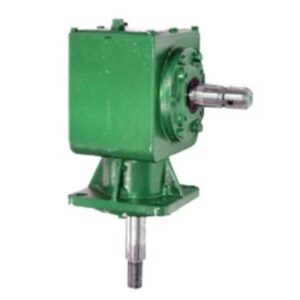
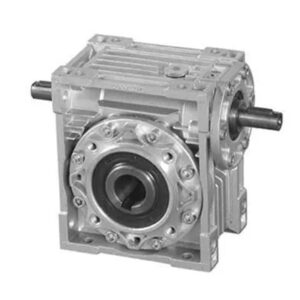
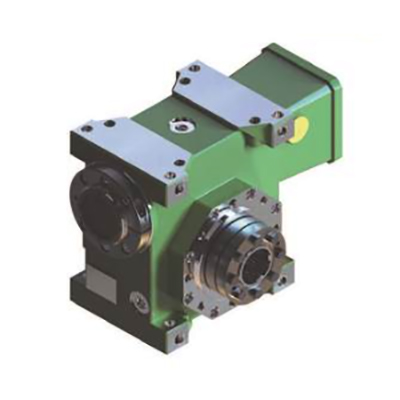

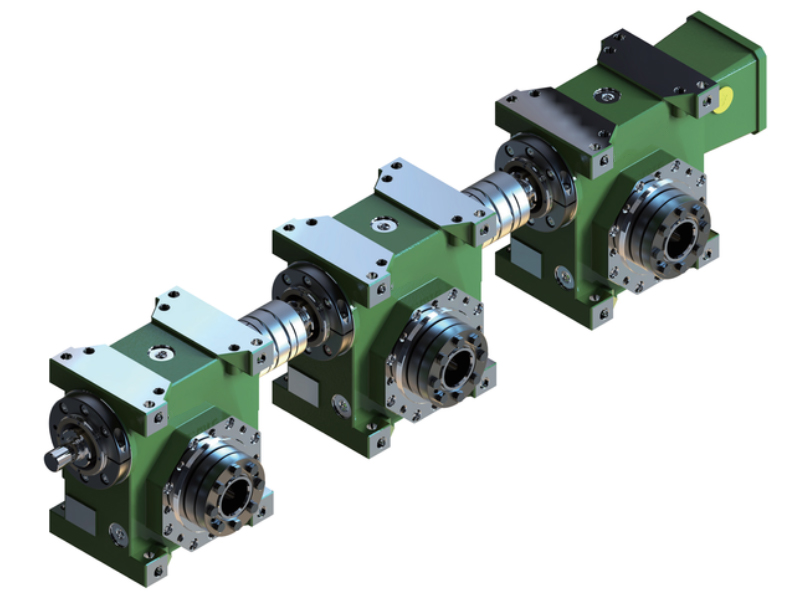
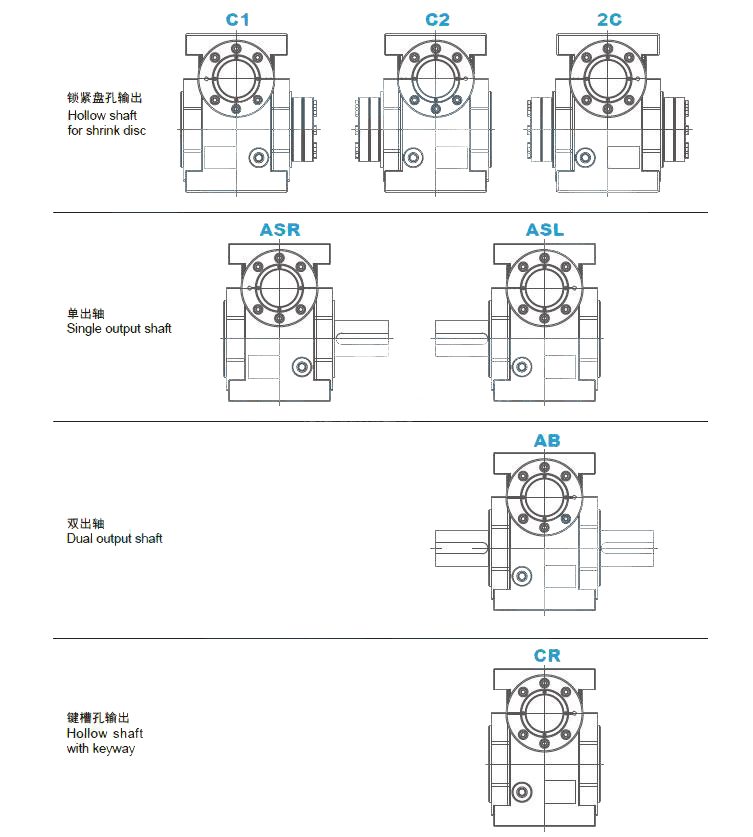
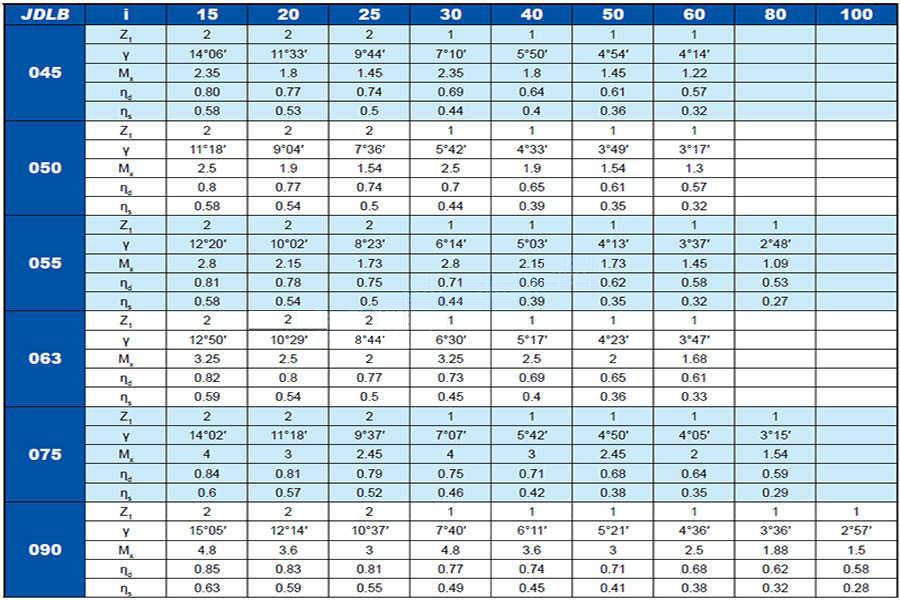
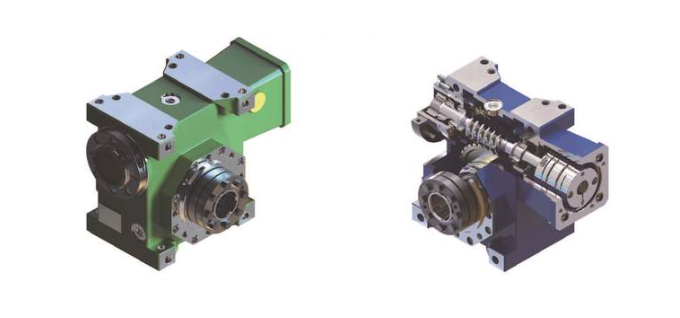
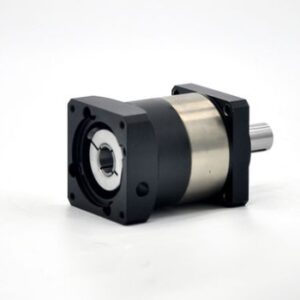
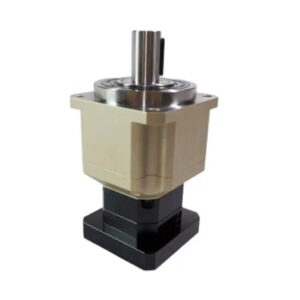
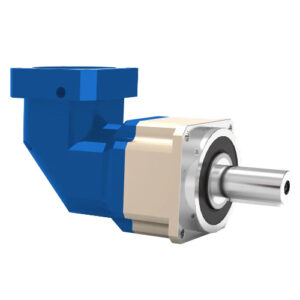
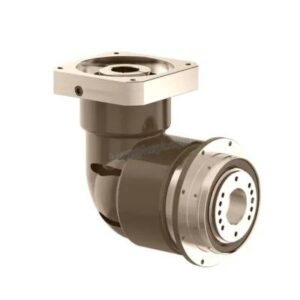
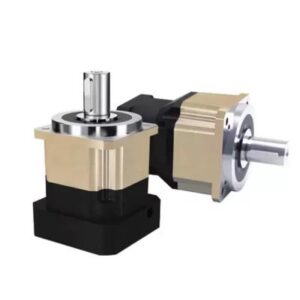
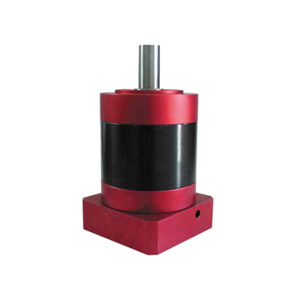
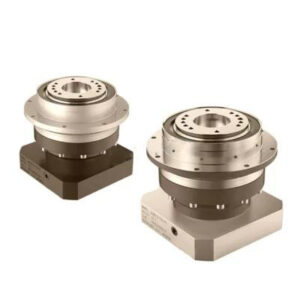
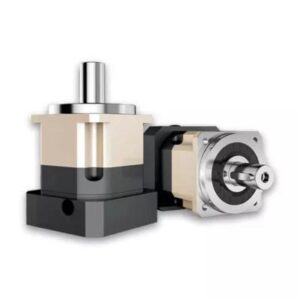
Reviews
There are no reviews yet.